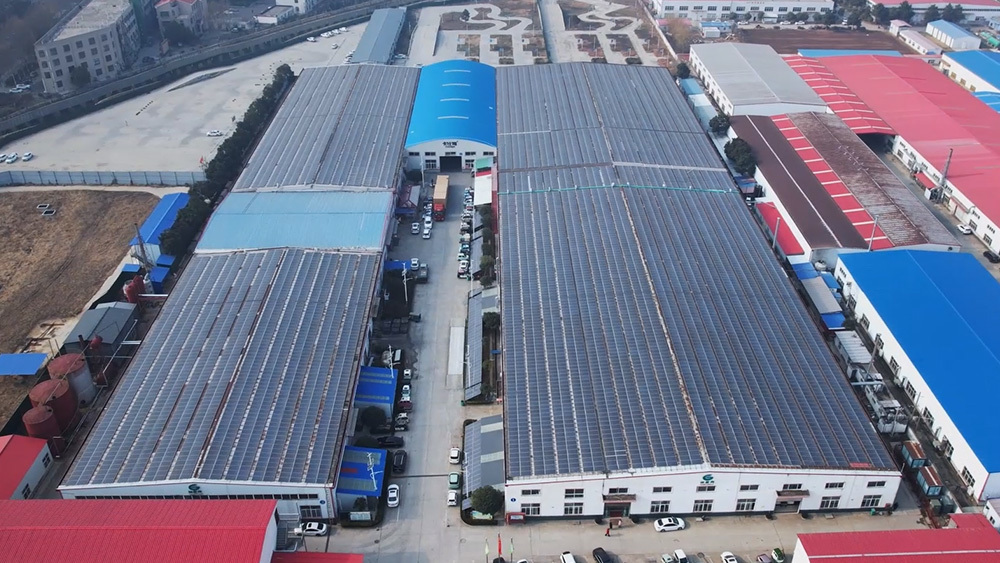Unlocking the Secrets of Agricultural Machinery Sprockets: Common Questions Answered!
这里是标题一h1占位文字
Introduction
So, you’ve got a field to tend, crops to grow, and machinery to keep running smoothly. But wait! Have you ever given much thought to the unsung hero of your agricultural equipment—the Agricultural machinery sprocket? Well, buckle up, because we’re about to dive into the nitty-gritty of this crucial component. From frustrations to fixes, let’s tackle some common questions about sprockets in agricultural machinery.
What Exactly is an Agricultural Machinery Sprocket?
Ah, the million-dollar question! An agricultural machinery sprocket is a wheel with teeth, designed to engage with a chain or track. Think of it as the gear that keeps everything turning smoothly—literally! Without these little guys, your machinery would be stuck in neutral, unable to perform its tasks effectively.
Why are Sprockets So Important?
Here’s the deal: sprockets play a vital role in the transmission of power within agricultural machinery. They help transfer the engine's power to the wheels or tracks, enabling your tractor, combine harvester, or other equipment to move. Without a functioning sprocket, you might as well be trying to drive a car with flat tires!
How Do I Know When My Sprocket Needs Replacement?
Now, you might be wondering, "How can I tell if my sprocket is on its last legs?" Great question! Here are a few telltale signs:
- Excessive wear: If the teeth are worn down or missing, it’s time to swap it out.
- Noise: Grinding or clunking sounds are red flags—your sprocket might be crying for help!
- Slippage: If the chain is slipping off, it’s likely a sprocket issue.
- Vibration: Unusual vibrations can indicate misalignment or damage.
Can I Replace a Sprocket Myself?
Ah, the DIY spirit! Depending on your comfort level with tools and machinery, you might be able to tackle this task yourself. Here’s a quick rundown:
- Gather your tools: You’ll need wrenches, a screwdriver, and maybe a hammer.
- Safety first: Always wear gloves and safety glasses.
- Follow the manual: Your machinery’s manual will have specific instructions for replacing the sprocket.
What Materials are Sprockets Made From?
Good question! Sprockets are typically made from durable materials like carbon steel or alloy steel. These materials provide strength and longevity, ensuring that your sprocket can handle the rigors of agricultural work. Some higher-end sprockets might even feature coatings to prevent rust and wear. You know, just to keep things running smoothly!
How Can I Extend the Life of My Sprockets?
If you’re looking to squeeze the most life out of your sprockets, here are some handy tips:
- Regular maintenance: Keep everything clean and lubricated to reduce wear.
- Check alignment: Misalignment can lead to premature wear, so always ensure your sprockets and chains are properly aligned.
- Monitor usage: Keep an eye on how much you’re using your machinery and adjust maintenance accordingly.
Conclusion
In the grand scheme of agricultural machinery, the Agricultural machinery sprocket may not get all the glory, but it certainly deserves its fair share of attention. By understanding its role and knowing when to replace or maintain it, you’ll keep your equipment running like a well-oiled machine. So, whether you’re a seasoned farmer or a weekend warrior, remember: a healthy sprocket equals a happy tractor!
Recommended News
The Unsung Hero of Farming: Understanding Agricultural Machinery Sprockets
Discover essential tips for maintaining agricultural machinery sprockets to enhance efficiency and longevity.
Understanding the Workings of Agricultural Machinery Sprockets
Explore the intricate workings of agricultural machinery sprockets and how they enhance farming efficiency.
Unlocking Efficiency: The Role of Agricultural Machinery Sprockets in Modern Farming
Explore how agricultural machinery sprockets enhance efficiency in farming, from tilling to harvesting.



